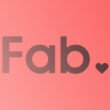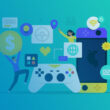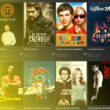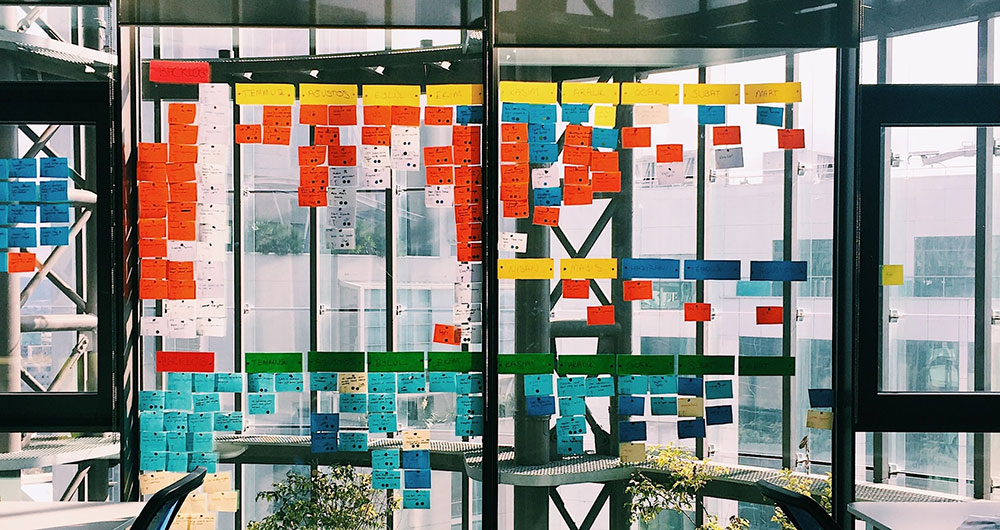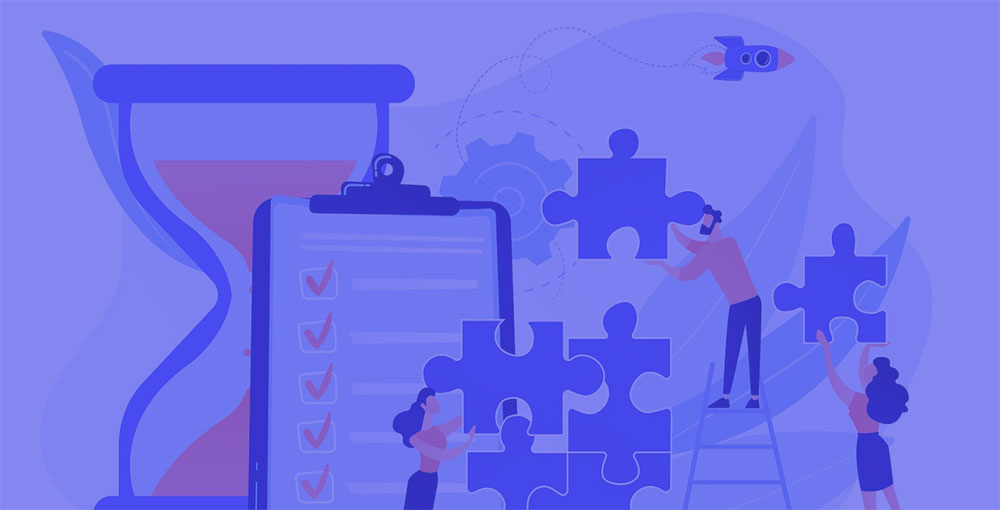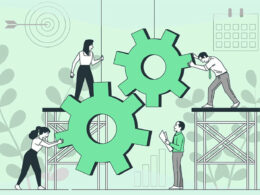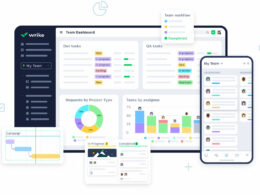A Project Management Framework (PMF) is a plan to ensure project completion. All projects have a specific goal and scope with a targeted completion date. This structured plan, often backed by effective project planning and task scheduling, enables all involved to keep on track with the project. It also clarifies everyone’s responsibility, including stakeholder engagement, to ensure the success of the project. A designated project manager, understanding their roles and responsibilities, manages the project from initiation to closure.
The Project Management Framework includes three major parts: lifecycle, control cycle, and tools. These, combined with resource allocation, risk management, and quality assurance, are necessary for implementing and completing a project.
Project Management Framework
What is the framework? It enables the use of more effective strategies and project methodologies. It establishes a common language to be used, ensuring a clear stakeholder communication, so that all can understand one another.
The framework also allows for more flexibility and the efficient handling of scope creep. As a project progresses and as dependencies are managed, the possibility of an earlier completion may arise. Working with a variety of professionals and ensuring proper team collaboration allows the key personnel to better manage the project using techniques like the work breakdown structure (WBS).
There are a variety of frameworks, each having its defined methodology. This article, created by our team at TMS, will discuss a few of those available, helping to guide project managers through project initiation to project review. The analysis will help project managers to choose the framework that aligns best with their project charter and overall objectives.
Key takeaways
- Framework Components: A Project Management Framework (PMF) includes lifecycle, control cycle, and tools, essential for guiding projects from initiation to closure while clarifying responsibilities and ensuring stakeholder engagement
- Choosing a Framework: The selection of a project management framework depends on the organization’s size, work type, budget, industry, and timeframe, with different frameworks offering varied methodologies
- Prince2 Methodology: Prince2 focuses on dividing projects into controllable steps, emphasizing task scheduling and project monitoring, suitable for structured and phased project execution
- Agile and Lean Frameworks: Agile allows flexibility and stakeholder collaboration throughout the project lifecycle, while Lean focuses on efficient resource use and quality delivery, deriving from the Toyota Production System
Seven Effective Project Management Frameworks
The project management framework chosen depends on the size of the organization, type of work, budgeting and forecasting, industry, and timeframe. Listed below are seven different types of frameworks which can be evaluated against performance metrics and project constraints.
Prince2
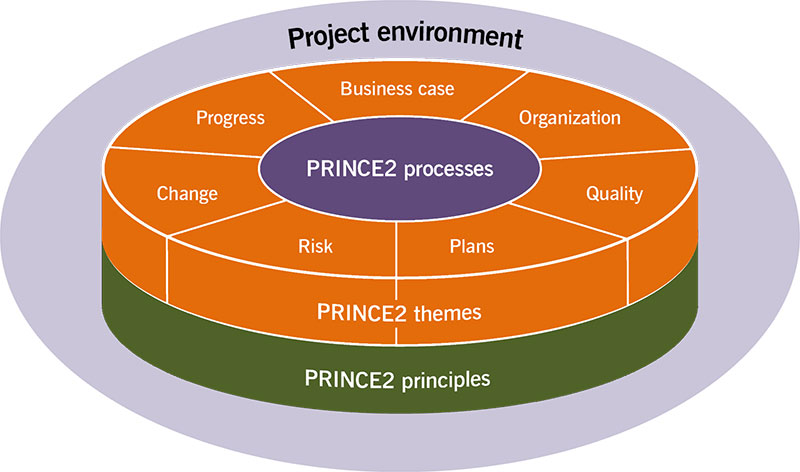
Prince2 is a project management framework program and methodology that focuses on task scheduling and project monitoring. It divides the project into controllable steps, utilizing tools like Gantt charts. The training module is available in a variety of languages.
This framework, initially developed as a UK government standard for IT project management, encompasses phases such as business case analysis, organization, quality, plan, risks, change, and progress, ensuring a comprehensive project lifecycle.
CCPM
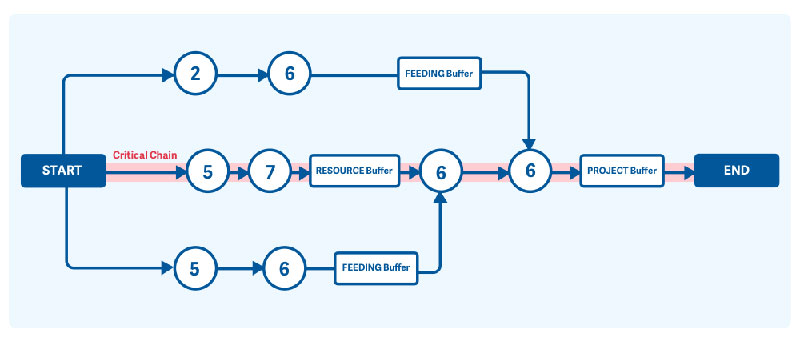
The methodology emphasizes team collaboration, people, resources, and physical spacing.
The Critical Chain Project Management program, with its focus on risk assessment and earned value management, is noted for helping to complete projects faster due to its time management principles. This is achieved by the rigid scheduling of tasks.
As a result, CCPM cuts back on project costs, which is beneficial for those working within a strict budget and those keen on effective cost estimation.
Lean

The lean project management framework focuses on delivering quality service by using resources efficiently, highlighting the importance of resource allocation and quality assurance.
Its methodology is derived from the Toyota Production System (TPS). TPS, in essence, embodies task scheduling and time management principles by focusing on creating less waste and ensuring a thorough project review to provide quality products to the consumer.
Agile

The Agile project management framework aims to provide maximum value to clients, optimizing budgeting and forecasting, within the desired timeframe and budget.
It allows for more flexibility and addresses potential scope creep. Unlike more traditional frameworks, there’s no need for extensive project planning before the project starts.
The project manager collaborates with the stakeholders throughout the project lifecycle. This stakeholder engagement ensures that necessary adjustments, backed by risk management practices, can be made along the way.
Waterfall

Waterfall is a more traditional framework where tasks are carried out in phases. It emphasizes project phases and milestones.
One phase must be completed before starting the next one. Waterfall outlines a defined project governance approach with all phases taking place in an exact order, ensuring meticulous project monitoring and change control.
Scrum

The Scrum project management framework is ideal for small projects and prioritizes team collaboration.
There’s no complex work breakdown structure (WBS) or planning needed before the project starts.
The team meets daily to discuss tasks, using tools like project dashboards, and any roadblocks to overcome, ensuring effective risk assessment. Tasks are accomplished in short succession, with a clear focus on deliverables.
XPM
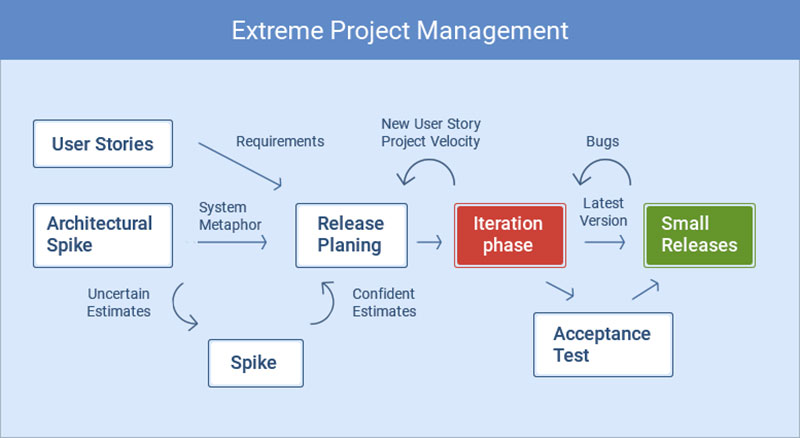
Managing complex projects in dynamic environments is known as Extreme Project Management (XPM).
XPM, emphasizing dependencies and performance metrics, is perfect for those who expect unstable circumstances or need constant benefits realization throughout the project.
Before starting the project, the project manager invites stakeholders to a meeting, fostering stakeholder communication.
The objective of this is to discuss the project plans, incorporating cost estimation and project charter elements, as well as addressing any unexpected situations that could arise.
Major Components of a Project Management Framework (PMF)
The three major components of PMF are lifecycle, control cycle, and tools.
The lifecycle consists of five processes, incorporating project phases and milestones. These are: Initiation process, planning process, execution process, monitoring process, and project closing process.
- The initiation process is the starting point of the project lifecycle. Discussion of the project goal, along with its scope, begins. The viability of the business case, considering budgeting and forecasting, is determined when the Project Manager meets with the Stakeholders for effective stakeholder engagement.
- In the planning process, the project goals are outlined, emphasizing the importance of project planning. There are two types of goals: Smart goals and Clear goals. Smart goals encompass project monitoring principles and are specific, measurable, attainable, realistic, and timely. Clear goals emphasize team collaboration and are collaborative, limited, emotional, obvious, and refinable. This stage also delves into the discussion of roles, responsibilities, and resource allocation.
- During the execution process, responsibilities are officially assigned, and tools like Gantt charts are often utilized. Updates and project status reports, showcasing project progress, are developed.
- The monitoring process requires the Project Manager to assess the project, emphasizing quality assurance and risk assessment. An update is issued to the Stakeholders regarding the project status. Adjustments to schedules and resources can occur at this point. It also aids the project manager in deciding whether they want to adopt a top-down or bottom-up approach for the project’s continuation till completion.
- Project closing signifies the project is nearing the project review stage. Contractors fulfill their workload, and the project manager informs the Stakeholders of the project accomplishments, ensuring benefits realization. The remaining team members tackle any dependencies to complete any loose ends.
The control cycle, in essence, is about project governance, where results are continually monitored, and adjustments are made as needed. Software, often used for project dashboards, aids in this aspect of Project Management.
Stakeholders are consistently informed about the project status. Through adept stakeholder communication, the Project Manager might discern that revisions should be enacted to maintain the project on track.
The tools component of PMF includes software that facilitates tracking the project progress and addressing potential scope creep.
What’s the difference between Framework and Methodology?
The framework is a foundational structure for understanding project methodologies. It grapples with the processes to realize a project but also permits other practices, task scheduling, and tools. It also encompasses phases that might not be highlighted in the methodology, like complex onboarding processes and evaluations.
This latitude allows the structure to evolve and bolster its efficacy. Prince2 and Waterfall, integrating tools like work breakdown structure (WBS), are quintessential examples of frameworks.
Methodology sets forth defined rules that guide the project and ensures proper stakeholder communication. They dictate how individuals will interact and liaise.
The methodology also offers organizations a standard to adhere to. With each culminated project, entities discern which stipulations are effective and which are redundant.
This insight facilitates them in formulating more efficient standards to direct future projects. Consequently, methodology engenders a surge in triumphant projects.
Two exemplars of methodology are Lean and Waterfall. The Lean methodology, focusing on risk management, underscores minimizing wastage of resources and time. The Waterfall methodology, often aided by project planning, involves outlining the entire project and realizing it in distinct phases.
Are you looking for a great project management app?
Here are our recommendations:
FAQs about project management frameworks
What is a Project Management Framework (PMF)?
Oh, great place to start! So, a Project Management Framework (PMF) is essentially the skeleton or structured plan we use in project management. Think of it as a roadmap guiding you through the project phases, from the idea’s inception to the triumphant completion.
It offers tools, techniques, and processes that ensure everyone’s on the same page and that projects don’t spiral out of control. The goal? Benefits realization and achieving those crucial project goals.
Why is PMF crucial for project success?
Imagine trying to bake a cake without a recipe. Crazy, right? That’s attempting a project without a proper framework. PMF provides that structured plan, integrating milestones and processes, ensuring every aspect is in sync.
It makes things predictable and helps avoid nasty surprises. Plus, having that framework, with its project monitoring and stakeholder engagement, just makes things smoother, leading to a much tastier result, if you catch my drift.
How does PMF differ from project methodologies?
Ah, this one’s a tad tricky. A project management framework is like the big picture – it’s the overall structure, a kind of a blueprint. On the other hand, project methodologies are the nitty-gritty details and rules – the step-by-step play.
So, PMF gives you a broad view with phases, tools, and such, while methodologies dictate how you do things, emphasizing on quality assurance, specific interactions, communication, and more.
Which framework should I choose for my project?
The age-old question! The answer? It depends. (I know, not very helpful, right?) But seriously, consider the nature of your project, your organization’s culture, and even your team’s experience.
Agile is snazzy for fast-paced, adaptive projects, while Waterfall is more structured and sequential. Factor in scope, stakeholder communication, and your risk management approach. Choose the one that resonates with your project goals and vibes.
How do PMFs improve efficiency?
Let’s dive into the heart of it. PMFs are all about project governance. They guide us in allocating resources, setting priorities, and managing timelines. By having a clear structure, like phases and milestones, teams avoid chasing their tails. It’s like having a GPS for your project, preventing you from taking wrong turns and ensuring an efficient use of resources and time.
So, basically, PMFs help us work smarter, not harder.
Do all projects need a PMF?
In an ideal world, yes. But, life’s messy, and not everything fits neatly in a box. While I’d argue that having some framework is better than none, not every small task or project requires a full-blown PMF. Think of it in terms of effort versus reward.
If the project’s scope is minimal and straightforward, you might just wing it. But for complex projects? A PMF is your best buddy.
Can I mix and match different frameworks?
Oh, the adventurous spirit! Yes, you can. It’s called a hybrid approach. Combining the best bits of multiple frameworks, like Agile and Waterfall, can give you a custom-made process. However, make sure you’re not just tossing things into the pot.
Stakeholder engagement, project planning, and project monitoring need to be aligned. It’s like a cocktail; the ingredients should complement, not clash.
How does technology fit into the PMF?
It’s 2023, so tech is EVERYWHERE! In the context of PMF, technology, especially software, is a godsend. It aids in project dashboards, real-time project monitoring, and seamless stakeholder communication.
Whether it’s tracking project progress or handling scope creep, there’s probably an app for it. Tech and PMF together? It’s like Batman and Robin, a dynamic duo.
What if my chosen framework doesn’t work?
Well, the honest answer is – sometimes, it doesn’t. And that’s okay. If you realize mid-way that a particular framework isn’t gelling with your project, take a step back. Assess. Reflect. Maybe you need to pivot to a different approach or tweak your current one.
It’s all about risk assessment and being agile (pun intended). Change is constant; it’s how we adapt that counts.
How often should I update my PMF?
Great query! Frameworks aren’t set in stone. As businesses evolve, so should your PMF. While there’s no hard and fast rule, it’s smart to review your framework after major projects or annually.
Check if it still aligns with your project goals, stakeholder needs, and industry best practices. It’s a bit like spring cleaning – a time to declutter, reevaluate, and refresh.
Ending thoughts on the project management framework that we talked about
The project management framework (PMF) is pivotal for the triumph of Project Management. It bestows a structured plan, incorporating milestones and project phases, to a project, allowing team members and stakeholders to discern the roadmap to achieve the project goal and mitigate scope creep.
Project managers, emphasizing stakeholder engagement and project planning, have a gamut of frameworks to select from, ranging from Agile to Waterfall.
Opting for the right framework, intertwined with effective project monitoring and project governance, not only fortifies the realization of the goals of the stakeholders but also ensures benefits realization.
Moreover, a well-devised framework can bolster an organization in introspecting its project methodologies, discerning avenues for enhancement in its processes, and emphasizing quality assurance.
Such reflective practices are instrumental in the timely completion of projects, ensuring project progress, and orchestrating a more efficient and strategic allocation of resources, be it human or financial.
If you enjoyed reading this article on project management framework, you should check out this one about IT project managers.
We also wrote about a few related subjects like project management metrics, project management goals, project management principles, project management books, what is a war room, Kanban app, gap analysis, project management skills and project management methodologies.
- Business model vs business plan: What’s the difference between them - February 6, 2024
- What Is A Project Management Framework? (Must Read) - October 15, 2023
- What is an IT Project Manager and What Do They Do? - October 11, 2023

